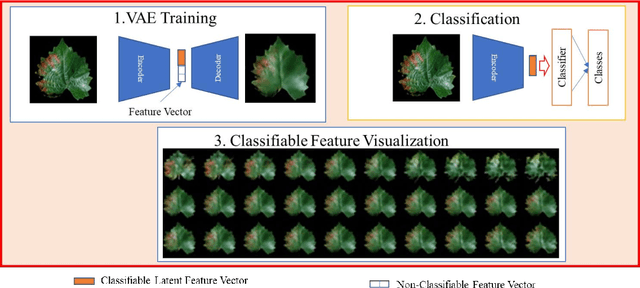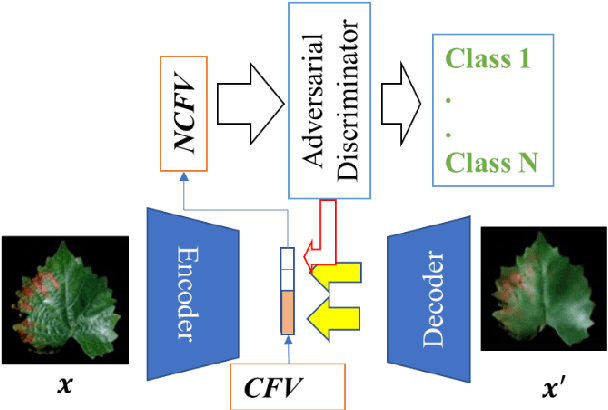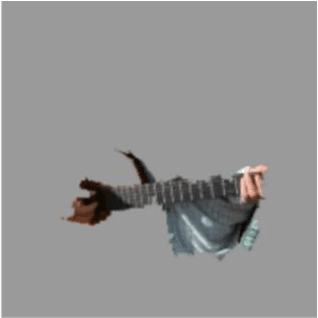Achieving Explainability for Plant Disease Classification with Disentangled Variational Autoencoders
Paper and Code
Feb 08, 2021



Agricultural image recognition tasks are becoming increasingly dependent on deep learning (DL). Despite its excellent performance, it is difficult to comprehend what type of logic or features DL uses in its decision making. This has become a roadblock for the implementation and development of DL-based image recognition methods because knowing the logic or features used in decision making, such as in a classification task, is very important for verification, algorithm improvement, training data improvement, knowledge extraction, etc. To mitigate such problems, we developed a classification method based on a variational autoencoder architecture that can show not only the location of the most important features but also what variations of that particular feature are used. Using the PlantVillage dataset, we achieved an acceptable level of explainability without sacrificing the accuracy of the classification. Although the proposed method was tested for disease diagnosis in some crops, the method can be extended to other crops as well as other image classification tasks. In the future, we hope to use this explainable artificial intelligence algorithm in disease identification tasks, such as the identification of potato blackleg disease and potato virus Y (PVY), and other image classification tasks.
 Add to Chrome
Add to Chrome Add to Firefox
Add to Firefox Add to Edge
Add to Edge